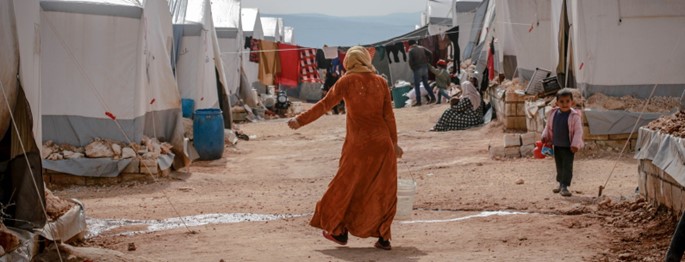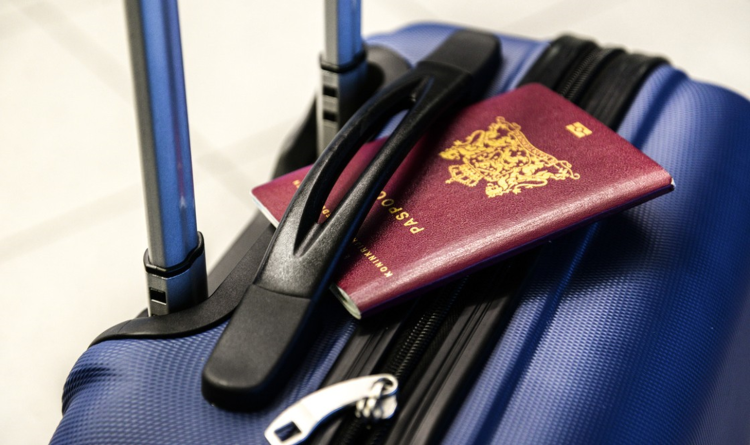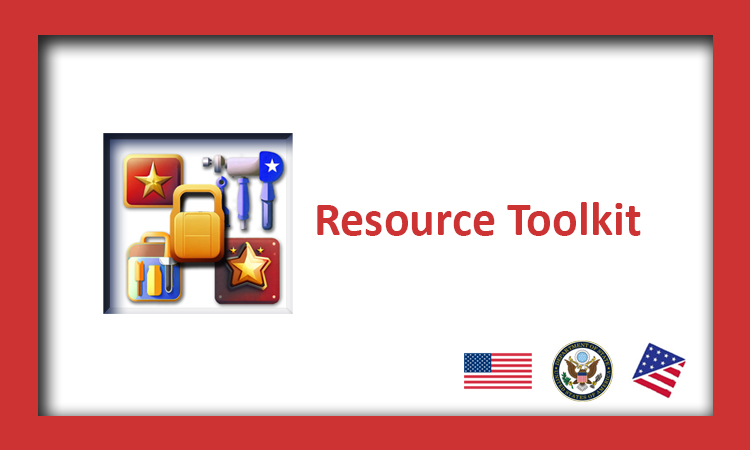WORLD REFUGEE DAY
RESOURCE TOOLKIT FOR AMERICAN SPACES
This Resource Toolkit is designed for programming at American Spaces to encourage discussions on humanitarian crises.

Since 1980, the United States has admitted up to 3.1 million refugees. The United States is the world’s largest single donor of humanitarian assistance. In 2020, the United States provided more than $10.5 billion in humanitarian aid globally, including assistance for refugees.
At the Department of State, the mission of the Bureau of Population, Refugees, and Migration (PRM) is to provide protection, ease suffering, and resolve the plight of persecuted and uprooted people around the world on behalf of the American people.
(source: U.S. Refugee Admissions Program)
WHAT IS WORLD REFUGEE DAY?
World Refugee Day is an international day designated by the United Nations to honor refugees around the globe. It falls each year on June 20 and celebrates the strength and courage of people who have been forced to flee their home country to escape persecution. World Refugee Day is an occasion to build empathy and understanding for their plight and to recognize their resilience in rebuilding their lives. Find more information about this UN day here.
WORDS MATTER
Understanding the terms refugees, migration, and asylum begins with understanding a few basics. The word refugee is often used as a blanket term for people displaced by war, violence or persecution. But there are different categories of displaced people, each with specific needs. Knowing what these categories mean exactly is important and will contribute to a better understanding of this complex topic. Find a visual summary of this glossary here.
“The United States will maintain our diplomatic efforts to promote access to international protection for people in vulnerable situations regardless of their location. We will be a reliable partner to all parties seeking to end conflicts or address other drivers of forced displacement and instability in the interest of creating the conditions for people to prosper instead of fleeing for their lives.”
Antony Blinken, Secretary of State
LESSON PLANS
The UN Refugee Agency (UNHCR) provides a collection of teaching materials on refugees, asylum and migration for primary and secondary education, as well as some guidance for teachers working with refugee children in the classroom.
SHORT FILMS AND EDUCATIONAL VIDEOS
VOA: Life as a Refugee (Channel with videos on refugees)
Free short films about refugees recommended by human rights educators, by Amnesty International
VOA Films and Documentaries
SHARE AMERICA ARTICLES

GLOSSARY
Refugee: Any person who, owing to a well‐founded fear of persecution for reasons of race, religion, nationality, membership of a particular social group or political opinion, is outside the
country of his or her nationality or habitual residence and is unable or, owing to such fear, is unwilling to return to it.
Displaced persons: Persons who have been forced or obliged to flee or to leave their homes or places of habitual residence, in particular as a result of or in order to avoid the effects of armed conflict, situations of generalized violence, violations of human rights, or natural or human-made disasters. This definition covers both internal and cross-border displacement.
Asylum seeker: An individual who is seeking international protection as a refugee, but whose claim has not yet been decided. According to UNHCR, the UN Refugee Agency, the term is used to define “someone whose request for sanctuary has yet to be processed.”
Stateless person: A person who is not considered as a national by any state under the operation of its laws.
Migrant: While there is no legally accepted definition of the term “migrant” at the international level, it usually refers to any person who has resided away from usual residence, whether within a country or across an international border, regardless of the person’s legal status; whether the movement is involuntary or voluntary; what the causes for the movement are; or, what the length of the stay is.”
QUIZ
The following personalities once came to the United States as refugees. Do you know where they came from originally?
- Henry Kissinger (former U.S Secretary of State)
- Albania
- Russia
- Germany
- Reinaldo Arenas (novelist)
- Brazil
- Cuba
- Spain
Answers: 1 – Germany; 2 – Spain
The views expressed in these links and resources do not necessarily reflect those of the U.S. government.
Updated May 2024











